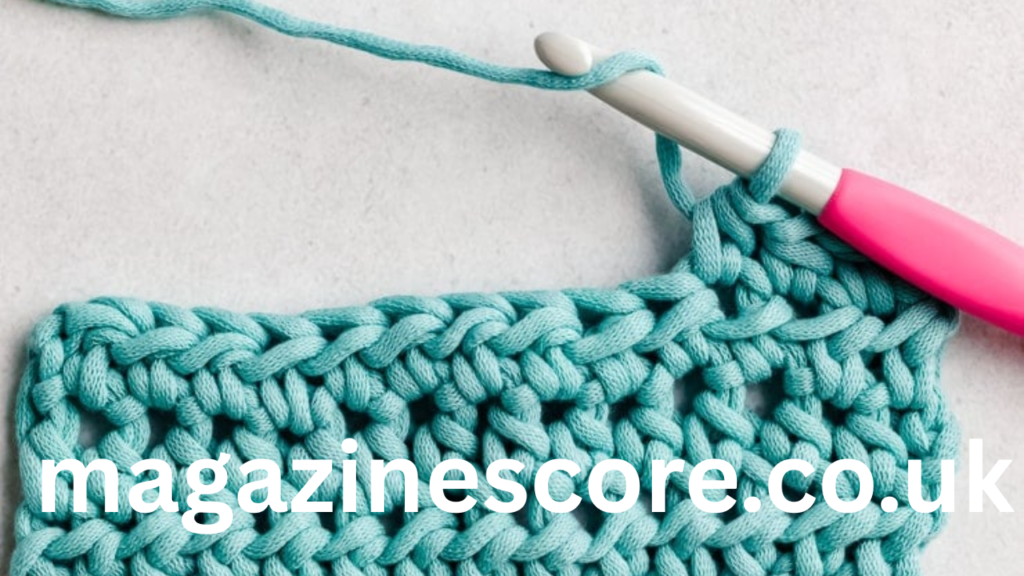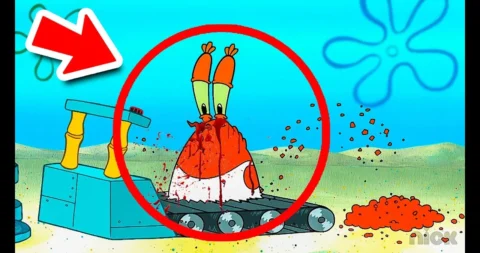Crocheting is a timeless and relaxing craft, offering endless opportunities to create beautiful, practical, and decorative items. Among the many stitches available, the half double crochet stitch (often abbreviated as hdc) stands out as a versatile and beginner-friendly technique that bridges the gap between the single crochet and double crochet stitches.
Whether you’re just starting your crochet journey or looking to refine your skills, understanding the half double croc het stitch is essential. In this comprehensive guide, we’ll explore what the stitch is, how to work it, its advantages, variations, and even a few project ideas to try out your new skills.
What Is the Half Double Crochet Stitch?
The half double crochet stitch is one of the basic crochet stitches in US terminology. It’s a bit taller than a single crochet (sc) and shorter than a double crochet (dc), making it a middle-ground stitch in terms of height and texture.
When worked in rows, it creates a dense but flexible fabric with a slightly looser drape than single crochet, and more structure than a double crochet. It’s commonly used in garments, accessories, home décor, and textured patterns.
US vs. UK Crochet Terminology
Before diving into how the stitch is made, it’s crucial to clarify the difference between US and UK crochet terms. What we call a half double crochet (hdc) in the United States is not the same as a half treble crochet (htr) in the UK, even though they’re sometimes confused due to similar naming.
- US Half Double Crochet (hdc) = UK Half Treble Crochet (htr)
If you’re using a pattern, always check which terminology the designer is using.
How to Make the Half Double Croc het Stitch: Step-by-Step
Ready to start? Here’s how you can create the half double croc het stitch in a few easy steps.
Materials Needed:
- Yarn of your choice (medium-weight yarn is great for beginners)
- A crochet hook that matches your yarn (check the yarn label)
Step-by-Step Instructions:
- Create a Foundation Chain
- Begin with a slip knot and chain any number of stitches. For practice, try chaining 12.
- Yarn Over (YO)
- Wrap the yarn over your hook once, just like you would for a double crochet.
- Insert Hook into the Third Chain from the Hook
- Skip the first two chains; this will give you a more even edge.
- Yarn Over Again and Pull Through
- You now have three loops on your hook.
- Yarn Over One More Time
- Pull through all three loops on the hook. That completes one half double crochet stitch!
- Repeat
- Continue this process across the row.
- Turn and Continue
- At the end of the row, chain 2 (this serves as your turning chain) and turn your work.
Pro Tip: The turning chain in half double crochet usually does not count as a stitch unless specified in the pattern. Always check the instructions to be sure.
Stitch Anatomy and Tips
Understanding how the stitch is structured can help you improve your tension and stitch placement.
- The top loops of the stitch (front loop and back loop) form a “V” shape.
- The third loop lies just behind the front loop on the side facing you when working in rows. Working into the third loop creates a knit-like texture.
Previous article; How to pen can without can Opener Complete Guide for Every Situation
Common Beginner Mistakes:
- Skipping stitches at the beginning or end of a row, leading to uneven edges.
- Inconsistent tension, making your fabric ripple or curl.
- Confusing the turning chain with the first stitch — always count your stitches!
Half Double Crochet in the Round
Many projects like hats, cowls, or circular motifs are worked in the round. Half double crochet works wonderfully for these too.
Basic Round Pattern Example:
- Make a magic ring or chain 4 and join with a slip stitch to form a ring.
- Chain 2 (does not count as a stitch).
- Work 10 hdc into the center of the ring.
- Slip stitch to the first hdc to join.
For increasing rounds, simply add 2 hdc into each stitch in the next round, and so on. You can adjust stitch placement to control shape and size.
Variations of the Half Double Crochet Stitch
Once you’re comfortable with the basic hdc, try these variations to add texture and visual interest to your projects.
1. Back Loop Only (BLO) HDC
Instead of inserting your hook under both top loops, insert it only into the back loop. This creates a ribbed texture ideal for cuffs, hats, or blankets.
2. Third Loop HDC
This version involves working into the third loop found behind the front and back loops. It produces a horizontal, knit-like ridge that looks great in garments and scarves.
3. HDC Front Post / Back Post
This technique involves working around the post of the stitch from the previous row, either from the front or back. It creates raised, textured stitches perfect for cables and ribbing.
Why Choose Half Double Crochet?
The half double croc het stitch is a favorite for many reasons:
Efficient Coverage
It works up faster than single crochet while still providing enough density to keep your projects warm and cozy.
Great for Texture
With just a few adjustments, you can achieve a wide variety of looks, from flat and smooth to ridged and ribbed.
Beginner-Friendly
It’s easy to learn but versatile enough to keep advanced crocheters coming back.
Project Ideas Using Half Double Crochet
Want to try out your new skill? Here are some beginner-friendly projects that highlight the half double crochet stitch.
1. Simple Scarf
A basic rectangular scarf in rows of hdc is a perfect first project. Use color changes or stitch variations to customize it.
2. Beanie Hat
Worked in the round, the half double crochet is stretchy and warm—ideal for hats.
3. Baby Blanket
Soft and thick, an hdc baby blanket works up quickly and has a beautiful drape.
4. Dishcloths or Washcloths
These quick projects let you practice your stitches and are useful around the house.
5. Textured Pillow Covers
Try combining BLO hdc and third loop hdc for an elegant, modern texture.
Frequently Asked Questions (FAQ)
❓ Is the half double crochet good for beginners?
Absolutely! It’s one of the foundational stitches and easy to master after a little practice.
❓ What’s the difference between hdc and dc?
The double crochet (dc) has an extra yarn-over and loop to pull through, making it taller and more open than the hdc.
❓ How do I count half double crochet stitches in a row?
Look for the “V” shapes at the top of the stitch. Each “V” equals one stitch. Be careful not to count the turning chain unless instructed.
❓ Can I use hdc for amigurumi?
You can, but most amigurumi patterns use single crochet to create a tight fabric. Hdc may be too loose unless you use a smaller hook.
Best Yarns for Half Double Crochet
While you can use any yarn weight, medium-weight yarns (worsted weight, category 4) are especially good for learning and practicing.
Try these yarn types:
- Acrylic (affordable and easy to find)
- Cotton (great stitch definition)
- Wool blends (warm and stretchy)
Avoid super bulky yarns until you’re more confident, as they can be harder to control.
How to Care for HDC Projects
Your hdc project care will depend on the yarn used:
- Acrylic: Machine washable and dryer safe.
- Cotton: Wash cold, lay flat to dry to prevent shrinking.
- Wool: Hand wash or use a gentle wool cycle. Lay flat to dry.
Always read your yarn label for care instructions!
Final Thoughts
The half double crochet stitch is a true workhorse in the world of crochet. It’s simple enough for beginners yet provides enough flexibility and texture for seasoned crocheters to love and use frequently.
With just one stitch, you can make scarves, blankets, garments, and more — all while learning new techniques like working in the back loop, using post stitches, or experimenting with color.
Once you master the hdc, you’ll find it creeping into all kinds of projects. It’s a stitch that rewards both practice and creativity, making it one of the most useful tools in any crocheter’s toolkit.









